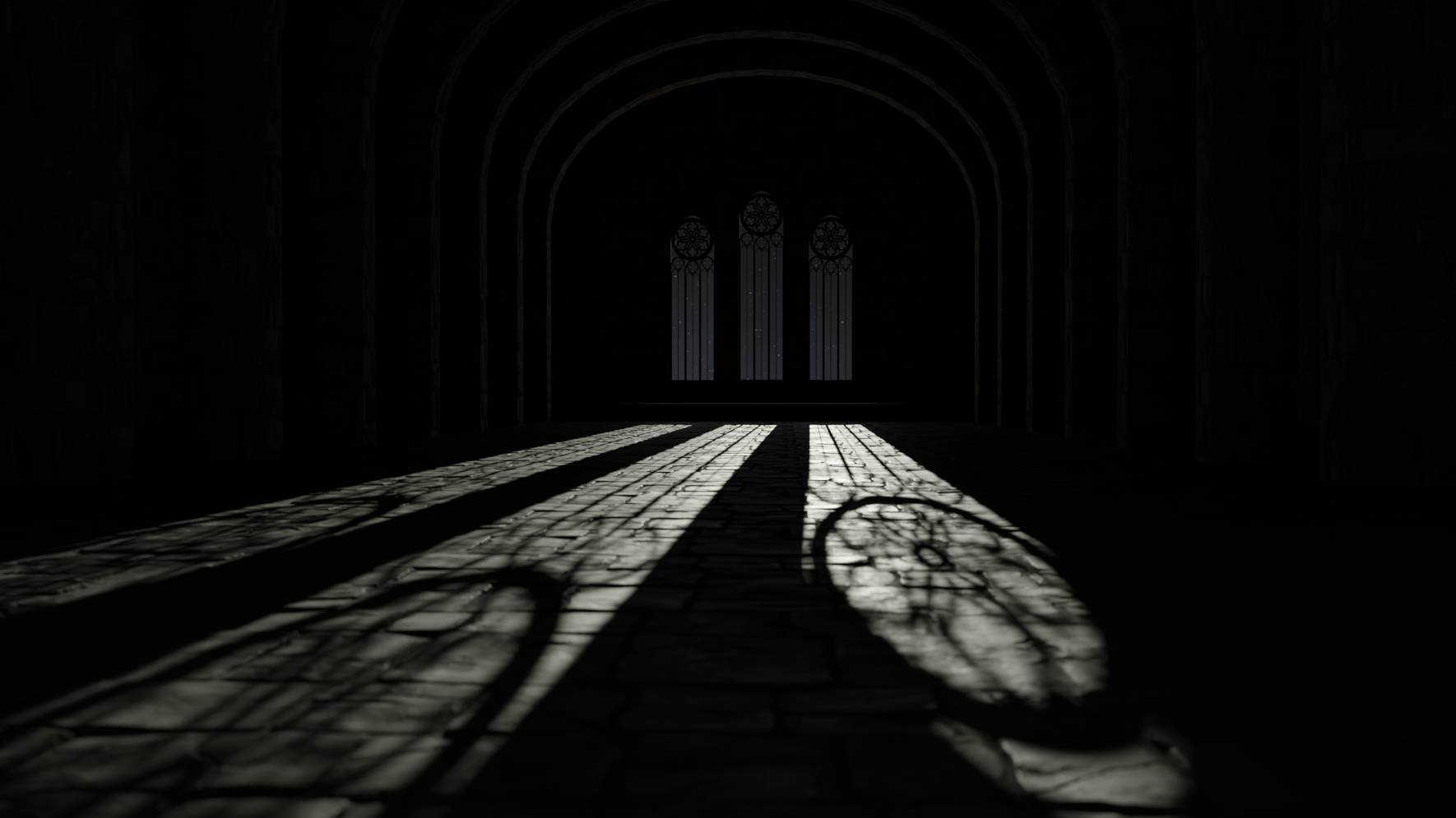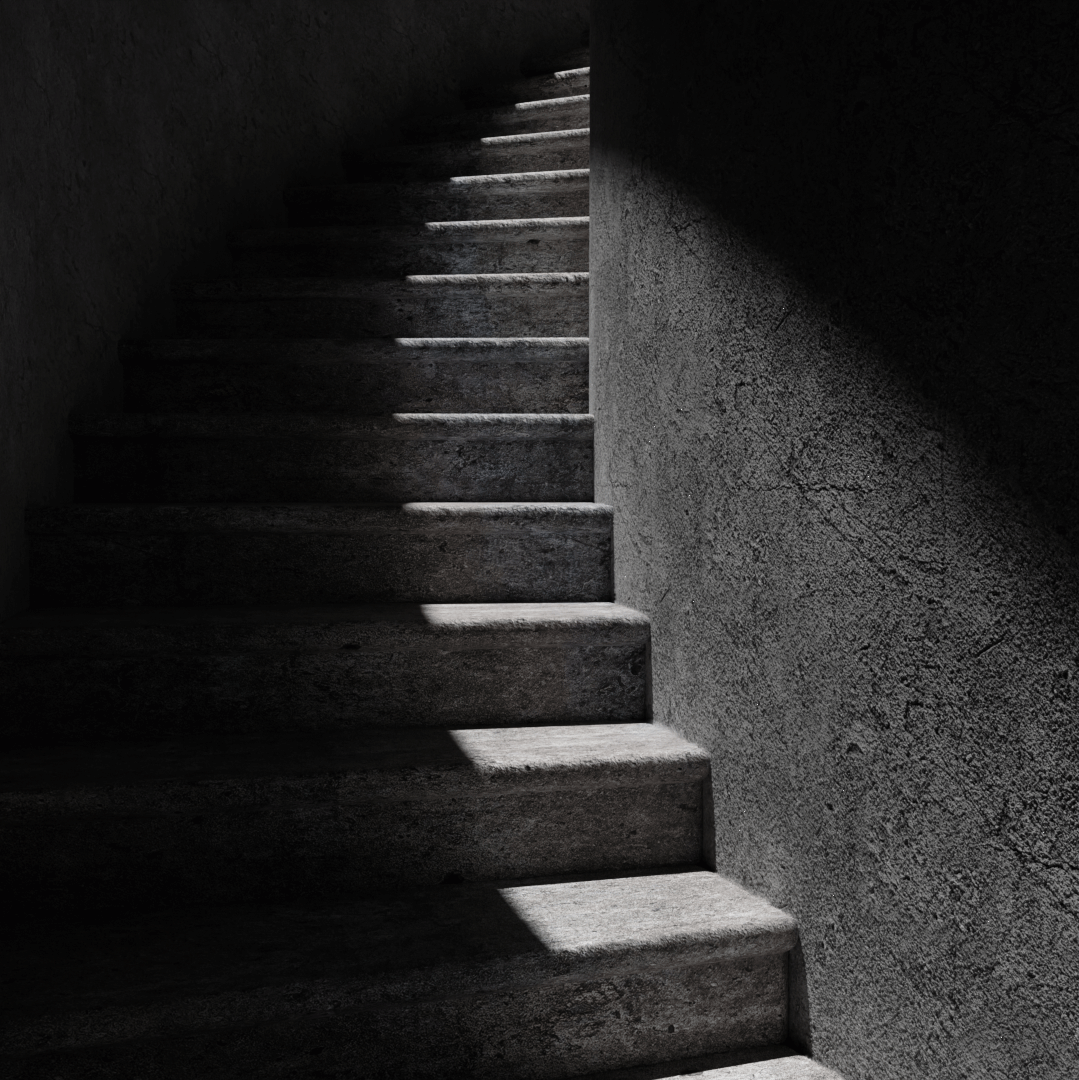
3D Shadows: Playing with Light & Dark
In the intricate ballet of 3D design, one element often stands as the unsung hero, painting the difference between mediocrity and magnificence: lighting. Every 3D artist, be it a hobbyist or a professional, will attest to the transformative power of light and shadow in their creations. Harnessing tools like Blender, a premier 3D software, artists craft luminous tapestries that can elevate a project from good to spellbinding. But why is lighting so pivotal in 3D design? Let’s delve into the chiaroscuro world of “3D Shadows.”
The Luminary Divide: Average vs. Great Designers
3D design, at its core, is about replicating reality — or reimagening it. And in our tangible world, nothing is more intrinsic than the interplay of light and dark. An average 3D designer might model a scene to near perfection, with meticulously crafted objects and textures. But without the right lighting, the scene can fall flat, appearing artificial or lifeless.
Enter the maestros, the great 3D designers who understand that lighting isn’t just a final touch but a foundational element. These artists don’t just place light sources; they sculpt with light, wielding it as a potter would clay. With calculated precision, they manipulate shadows, gradients, and glows, breathing life into their digital canvases.

The Alchemy of Light in Blender
Blender, with its sophisticated suite of tools, offers artists a veritable sandbox for lighting experiments. The software boasts features that allow for realistic ray tracing, global illumination, and even caustics, which are intricate light patterns like those you see at the bottom of a swimming pool on a sunny day.
But beyond technicalities, Blender empowers artists to tell stories with light. Think of a dimly lit room, with only a sliver of sunlight seeping through a cracked window, casting long, somber shadows—an ambiance of melancholy or mystery. Contrast this with a vibrant landscape bathed in golden-hour hues, evoking warmth, nostalgia, perhaps even joy.
Breathing Life into Projects
It’s often said in the realms of photography and cinematography that light is everything, and the same rings true for 3D design. Lighting determines how the viewer perceives shape, texture, depth, and mood. It can highlight critical elements, guide the viewer’s gaze, or even mask imperfections.
A well-lit 3D scene can convey the coolness of metal, the roughness of bark, or the translucency of a delicate fabric. It can elicit emotions, from the unease of a dark alley to the serenity of a moonlit beach. In essence, while modeling gives a project its body, lighting bestows its soul.

The Nuanced Shadows
But lighting isn’t just about the bright spots. The shadows, often overlooked, are equally critical. They provide depth, creating a three-dimensional illusion in what is essentially a two-dimensional display. Shadows define spatial relationships between objects, making a scene appear grounded and believable. In Blender, artists can tweak shadow softness, length, color, and opacity, crafting nuances that add layers of realism or stylization as desired.
In Conclusion
The world of 3D design is vast, with myriad elements demanding an artist’s attention. However, lighting, with its silent yet profound influence, stands as a testament to the adage that it’s often the subtle touches that leave the most significant impact. As tools like Blender continue to evolve, offering even more refined control over lighting and shadows, one thing remains clear: to ascend from being a good 3D designer to a great one, one must master the dance of light and dark, and revel in the transformative symphony of “3D Shadows.”
